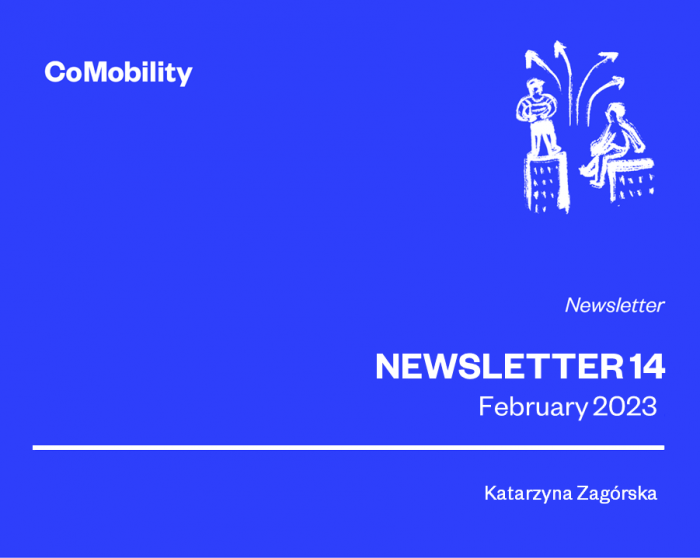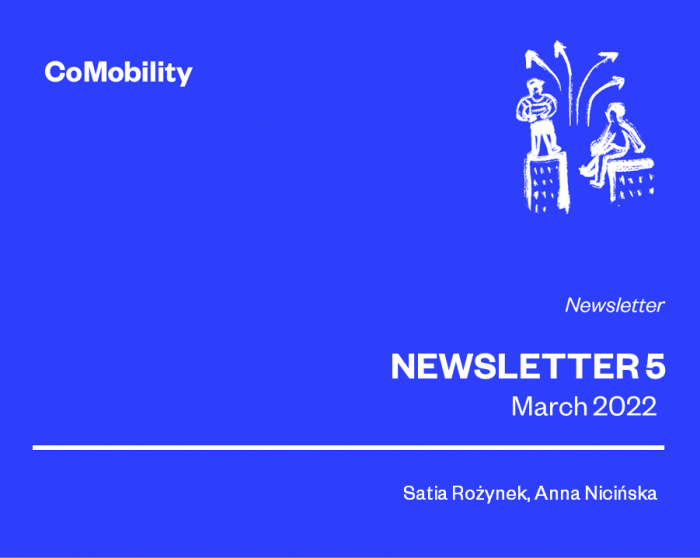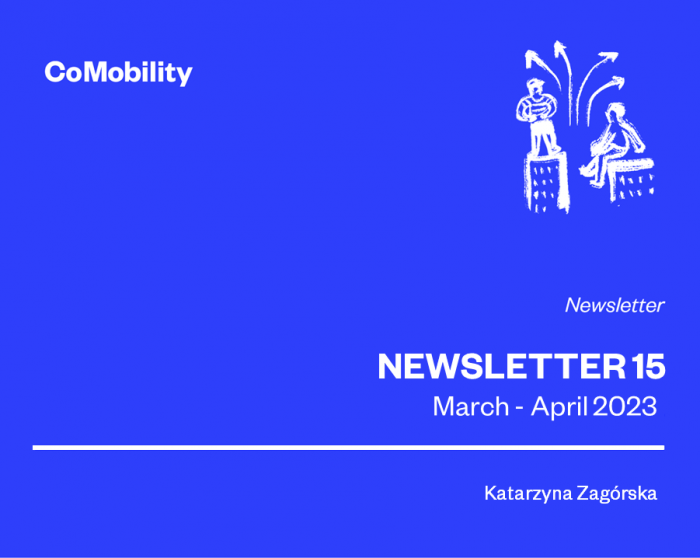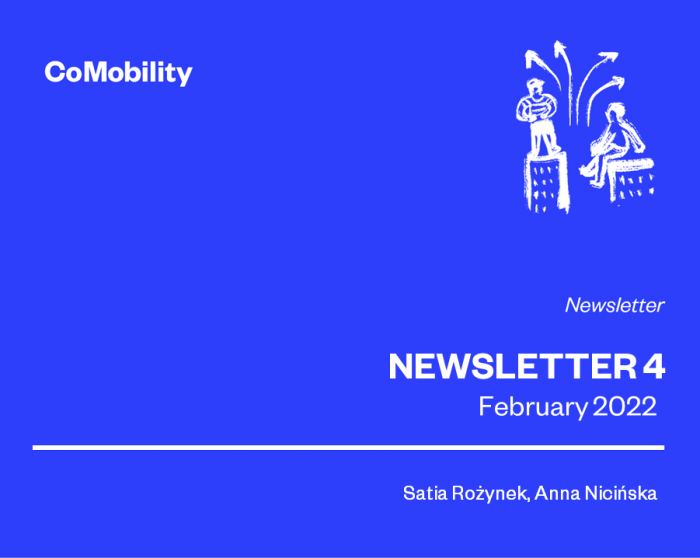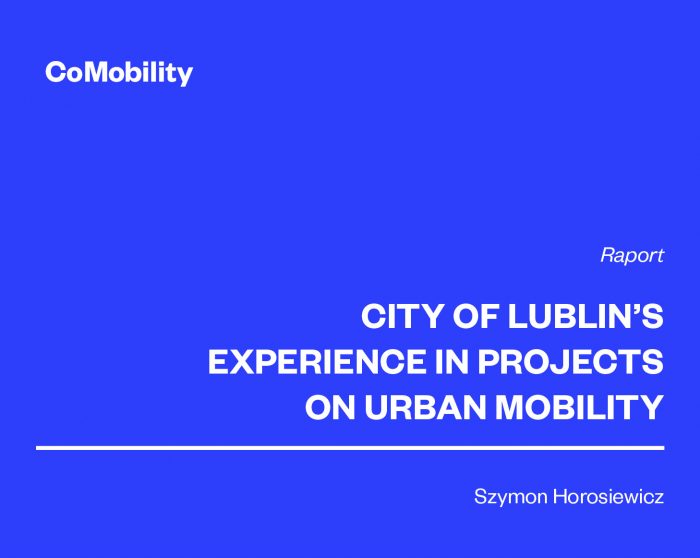
About the low-cost air quality sensors

Photo by Airly – a company collaborating with CoMobility, which provided the sensors.
Counteracting the threats resulting from the deteriorating air quality requires regulations and actions tailored to the specificity of the area. Sensors installed by authorities are highly regulated, and the information provided is predominantly of high quality. The popularisation of low-cost sensors densifies the network of monitoring points, facilitating undertaking strategic steps for a given area. However, despite the advantages – better availability, lower cost and ease of implementation, the quality of measurements of low-cost sensors requires verification. Those sensors are generally less sensitive and precise, and chemical readings may be less detailed. However, with the appropriate calibration and correction methods, measurements from such devices significantly improve and may complement the traditional measurement methods.
In the environmental modelling at CoMobility, we implement rigorous procedures to control the quality of measurements from low-cost air quality sensors.
We invite you to read the reports on low-cost sensors which were prepared, among others, by NILU experts, including a member of the CoMobility team – Nuria Castell:
1. Low-cost sensors and networks. Overview of current status by the Norwegian Reference Laboratory for Air Quality. ➔ link
2. An Update on Low-cost Sensors for the Measurement of Atmospheric Composition. ➔ link









